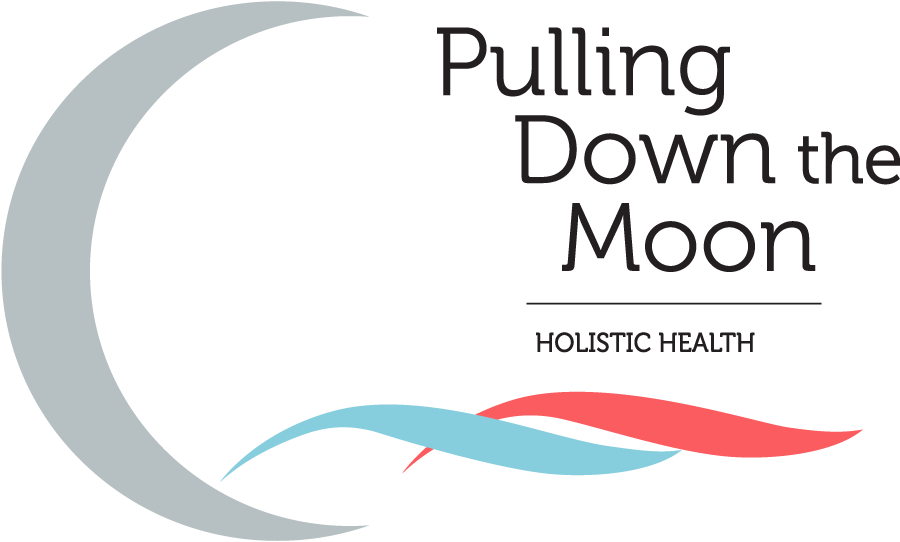What Problems Can a Tight Psoas Cause
The psoas muscle, the largest muscle in the group of muscles that make up the hip flexor, is arguably the most important muscle in your body. Without this vital muscle you’d never be able to get up off the floor! Reaching from the 12th thoracic vertebrae to the 5th lumbar vertebrae, traveling down the pelvis to the femur, it is the primary connector between your torso and your legs The only muscle in your body that connected your legs to your spine, It affects your posture and stabilizes your vertebrae.
A weak or tight psoas is known as a hidden cause of low back pain. But low back pain isn’t the only mysterious symptom associated with an imbalanced psoas.

Another frequent symptom is stress, which both causes the psoas to contract and can also be caused by a contracted psoas. Anatomically linked to your breath, it connects to the diaphragm through connective tissue and diaphragmatic ligaments. Stress not only signals the psoas to contract which creates tension in the diaphragm, it also signals shallow, pant-like breathing which doesn’t engage the diaphragm. Both of these factors signal an ancient fight or flight response in the body, activating stress hormones like cortisol and adrenaline.
Your psoas muscles also create a muscular shelf that your kidneys and adrenals rest on. As you breathe deeply your diaphragm moves and your psoas muscles gently massage these organs, stimulating blood circulation. But when deep breathing doesn’t occur or the psoas muscles become imbalanced, the adrenals and kidneys don’t receive the stimulation they need, and the feeling of exhaustion can become a way of life. In fact, according to Liz Koch, author of The Psoas Book, “The psoas is so intimately involved in such basic physical and emotional reactions, that a chronically tightened psoas continually signals your body that you’re in danger, eventually exhausting the adrenal glands and depleting the immune system.”
The kidneys and adrenals aren’t the only organ affected: as the psoas travels through the pelvis it supports your organs and works like a hydraulic pump pushing lymph and blood into and out of your cells. When psoas becomes tight or imbalanced, overall abdominal stagnation can occur.
And if all that weren’t enough, a tight psoas can directly impact a woman’s reproductive system. The nerves of the reproductive organs embed throughout iliopsoas, and a tight psoas may pin down the uterus, creating painful menstrual cramps. The ovaries, which can double in size during ovulation, also sit close to the psoas, especially if the uterus is retrograde. A tight psoas can cause pain in the ovaries, restrict blood flow, and impinge reproductive nerves.
So how can you tell if you have a tight, weak, or overstrained psoas?
Here are some symptoms of an imbalanced psoas:
- pain in the low back/hips
- leg length discrepancy
- postural problems (especially a low back that has a more extreme ‘C’ curve, or one that has almost no curve
- constipation
- severe menstrual cramps
- chronic chest breathing
- chronic fatigue
If you’ve identified that your psoas might be tight or over-strained, there are things you can do to help support it.
- try a runner’s stretch or warrior pose; hold all stretches for at least 30 seconds so the body will ‘remember’ the new length
- put a small cushion or support behind your low back while seated (for instance, while you’re driving your car or sitting at your desk
- try Open the Breath™, the second blood builder session in The Fertility Enhancing Massage Protocol™; this massage works specifically with releasing the iliopsoas and balancing the viscera through breath work and massage
So give your psoas a little love. You’ll have a happy hip flexor, and your whole body will thank you!
Our Teams in both our Highland Park clinic and Chicago clinic see patients for a variety of holistic specialty services that include fertility yoga, massage therapy, acupuncture therapy, and more. Call 312-321-0004 or book your appointment today with any of our specialized practitioners on the team at the location that works best for you!
Meet Tamara Quinn
View Profile: Co-Founder of Pulling Down the Moon
Tami, the Co-Founder of Pulling Down the Moon, played a pivotal role in transforming the care provided to women facing infertility. After a corporate career, she sought balance and meaning through yoga and ancient healing practices, eventually leaving the corporate world. Tami became a registered yoga teacher (RYT), immersing herself in mystical yogic traditions such as Kriology and Ayurveda. She also attained the status of a reiki master, a disciple of Kriya yoga, and an ordained Swami. Utilizing her extensive training, Tami creates fertility rituals, meditations, and yoga classes tailored to women dealing with infertility, some of which are highlighted in her co-authored book, "Fully Fertile, A 12-Week Plan to Optimal Fertility." Her journey remains ongoing as she continues to learn from her Guru and her students, demonstrating a deep commitment to her path.
Discuss With Us
Our Latest Resources
Questions or comments?
We would love to hear from you!
Fill out our form below and we will be in touch. We are open 7 days/week.
Footer Form
Thank you for contacting Pulling Down the Moon.
We will get back to you as soon as possible.
Oops, there was an error in sending your message.
Please try again later.
Visit Our Centers
Chicago (River North)
Highland Park
Resource Links
Copyright ©2021 Pulling Down the Moon Holistic Health | All Rights Reserved




